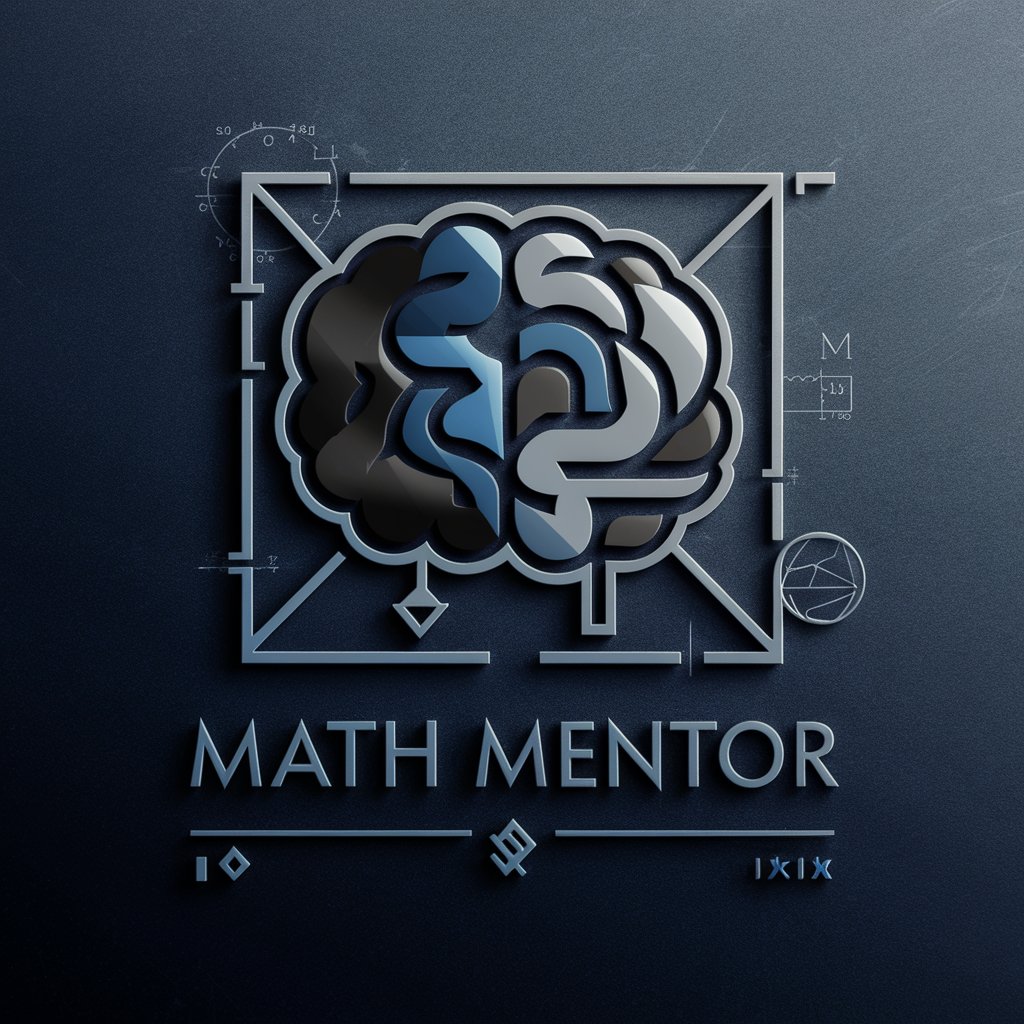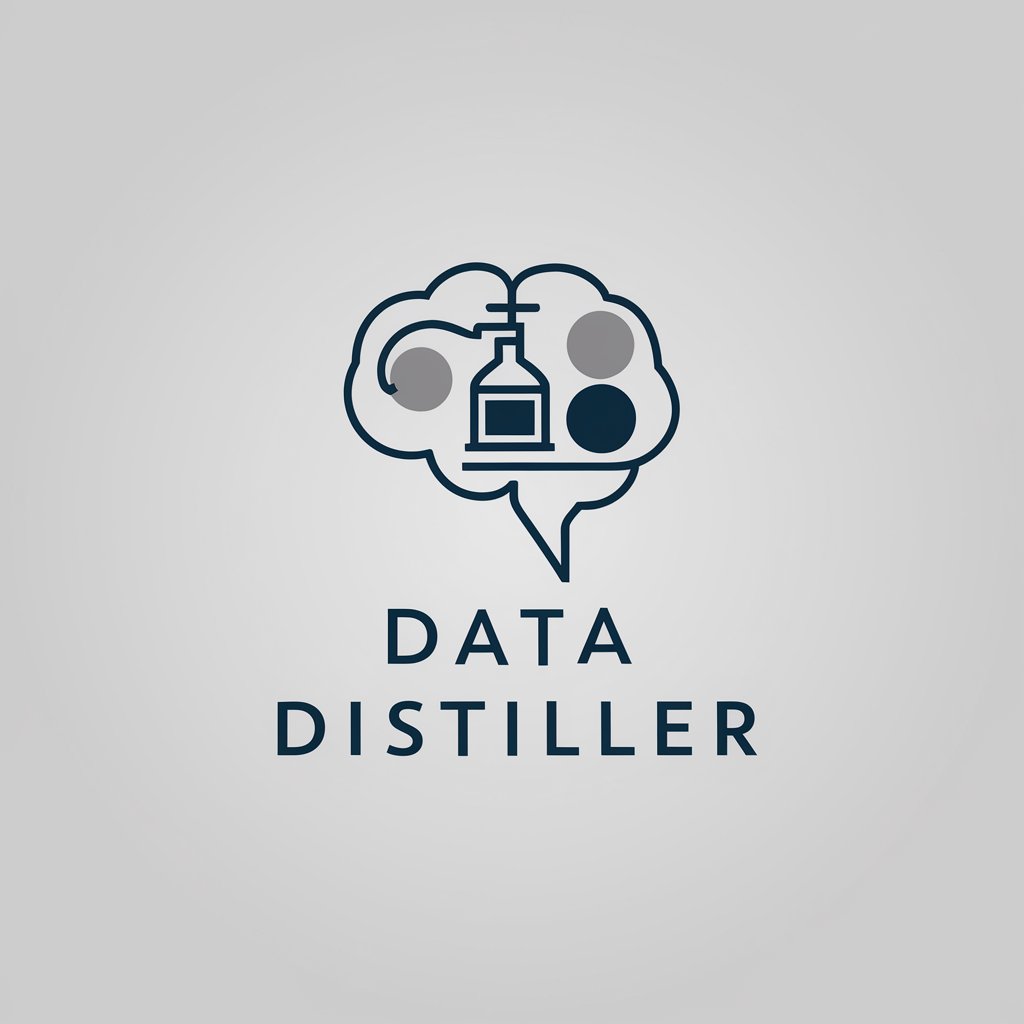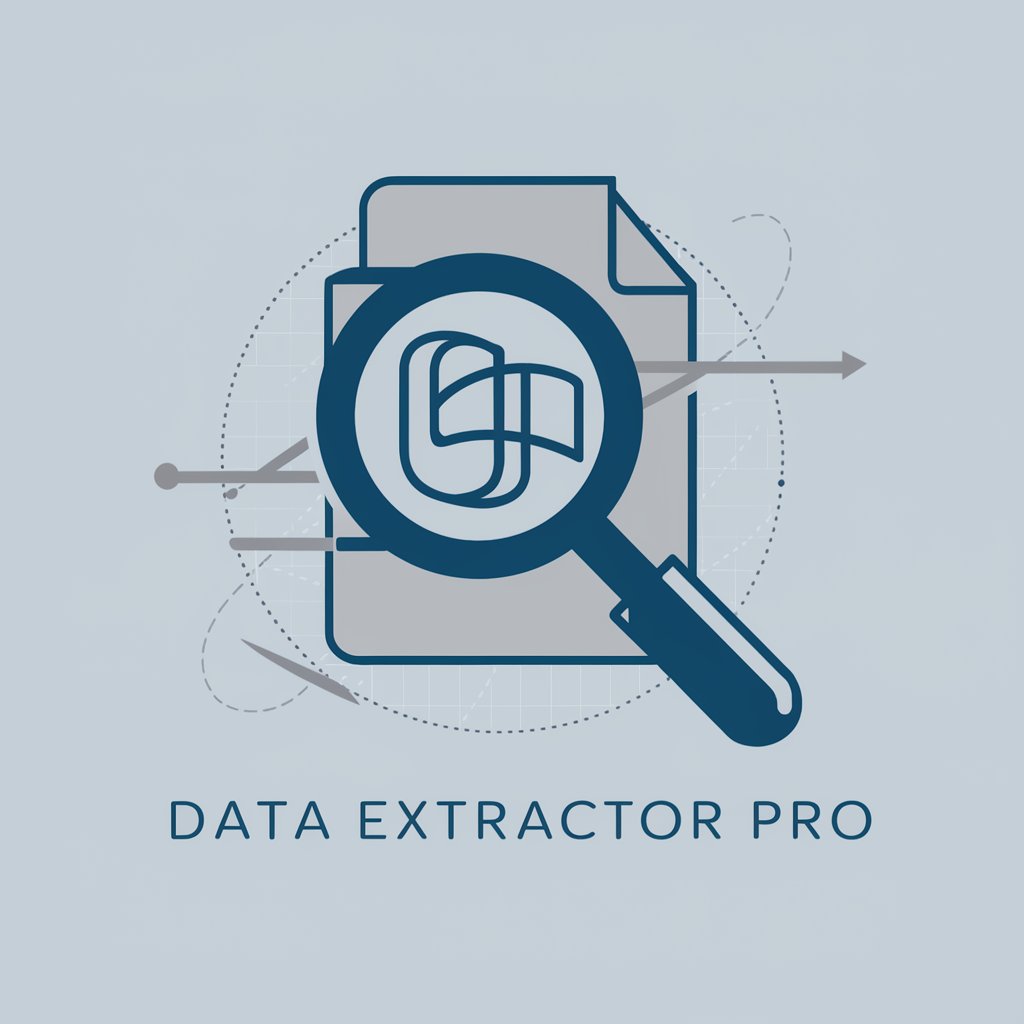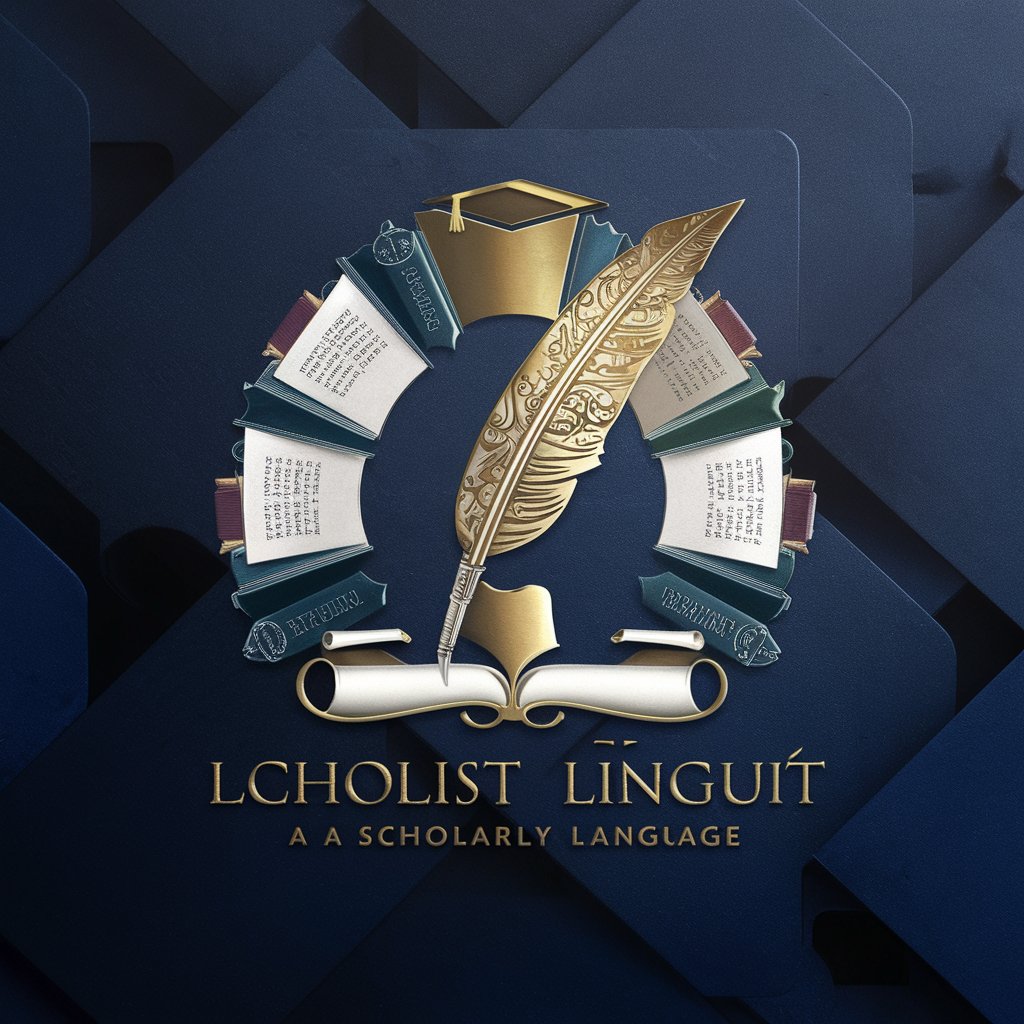
Scholarly Extractor - Academic Data Extractor & Translator

Hello! I can help translate academic paper details into Chinese. Share a URL to start.
Streamline your research with AI-powered analysis and translation.
Translate this paper's abstract to Chinese: [URL].
Summarize and translate the abstract from this link.
Chinese translation of this paper's abstract, please.
Details of this journal article in Chinese?
Get Embed Code
Introduction to Scholarly Extractor
Scholarly Extractor is designed as a specialized tool aimed at streamlining the literature review process for academic research. It focuses on extracting and presenting key information from academic papers, including the title, authors, DOI, abstract, the journal's name, and its impact factor. A unique feature of Scholarly Extractor is its ability to translate abstracts into Chinese, making it highly valuable for users who require or prefer academic content in this language. This functionality is particularly useful for non-English speakers who are engaged in scholarly research, allowing them to access and understand research findings with ease. An example scenario could be a researcher who needs to quickly gather and analyze data from numerous studies. Instead of manually sifting through each paper, Scholarly Extractor automates the extraction of essential details, significantly reducing the time and effort involved in literature review. Powered by ChatGPT-4o。

Main Functions of Scholarly Extractor
Extraction of Key Information
Example
Extracting titles, authors, DOI, abstracts, journal names, and impact factors from academic papers.
Scenario
A graduate student is preparing a literature review for their thesis and needs to compile key details from 50 journal articles. Using Scholarly Extractor, they can obtain this information quickly, allowing more time for analysis and writing.
Translation of Abstracts
Example
Translating abstracts from English academic papers into Chinese.
Scenario
A Chinese-speaking researcher is analyzing international studies related to their field. Scholarly Extractor translates the abstracts, enabling them to understand and incorporate findings from English-language research into their work.
Ideal Users of Scholarly Extractor Services
Academic Researchers
This group includes individuals involved in scholarly research across various disciplines. They benefit from Scholarly Extractor by efficiently gathering necessary information from a vast array of academic papers, which is crucial for literature reviews, proposal writing, and staying updated with recent studies.
Graduate Students
Graduate students conducting thesis or dissertation research often require extensive literature reviews. Scholarly Extractor simplifies the process of collecting and analyzing academic literature, saving them time and enhancing their research quality.
Non-English Speaking Academics
For researchers and academics who are more comfortable reading and understanding Chinese, Scholarly Extractor's translation feature is incredibly beneficial. It allows them to access and engage with global research findings without language barriers.

How to Use Scholarly Extractor
Begin your journey
Access Scholarly Extractor for an immediate trial at yeschat.ai, with no need for login or a ChatGPT Plus subscription.
Prepare your documents
Gather URLs of the academic papers you wish to analyze. Ensure they are accessible online and not behind a paywall.
Input URLs
Enter the URLs of your chosen academic papers into the Scholarly Extractor's interface for processing.
Review extracted data
Examine the extracted information such as title, authors, DOI, abstract, and journal impact factor. Verify accuracy.
Utilize and translate
Leverage the extracted data for your research or academic work. Use the feature to translate abstracts into Chinese for broader accessibility.
Try other advanced and practical GPTs
Jungian dream Interpreter
Unravel your dreams with AI-powered Jungian analysis.

Web Architect AI
Designing the Future of Websites with AI

Quantum Mentor
Empowering Physics Insights with AI

摄影大师
Elevate Your Photography with AI

Math Mentor
AI-powered, in-depth mathematical exploration.

IA-News (em português)
Stay informed with AI-powered news.

Nutri Buddy
Empowering Your Diet Choices with AI

Face Creator
Crafting Unique Faces with AI

POE Builder
Craft and Optimize Your Path of Exile Builds

Assistants API and Tools Docs Helper
Empower your applications with AI assistance

PhD Advisor Search
AI-powered PhD Advisor Discovery

Tester Companion
Empower Your Testing with AI

Frequently Asked Questions about Scholarly Extractor
What is Scholarly Extractor?
Scholarly Extractor is an AI-powered tool designed to assist users in extracting vital information from academic papers, including titles, authors, DOIs, abstracts, journal names, and impact factors. It also provides translations of abstracts into Chinese.
How accurate is the extraction?
The accuracy of Scholarly Extractor depends on the clarity of the document's formatting and its accessibility online. It uses advanced AI to ensure high accuracy in extracting and translating content.
Can Scholarly Extractor handle documents behind paywalls?
Scholarly Extractor is optimized for documents that are freely accessible online. Documents behind paywalls may not be directly accessible by the tool.
Is there a limit to the number of papers I can process?
Usage limits may depend on the specific terms of service at the time of use. Generally, there is a generous allowance to accommodate academic research needs.
How can I improve the quality of translations?
Ensuring the original abstract is clear and well-structured can improve translation quality. Additionally, customizing the translation settings, if available, can help tailor the output to your needs.





